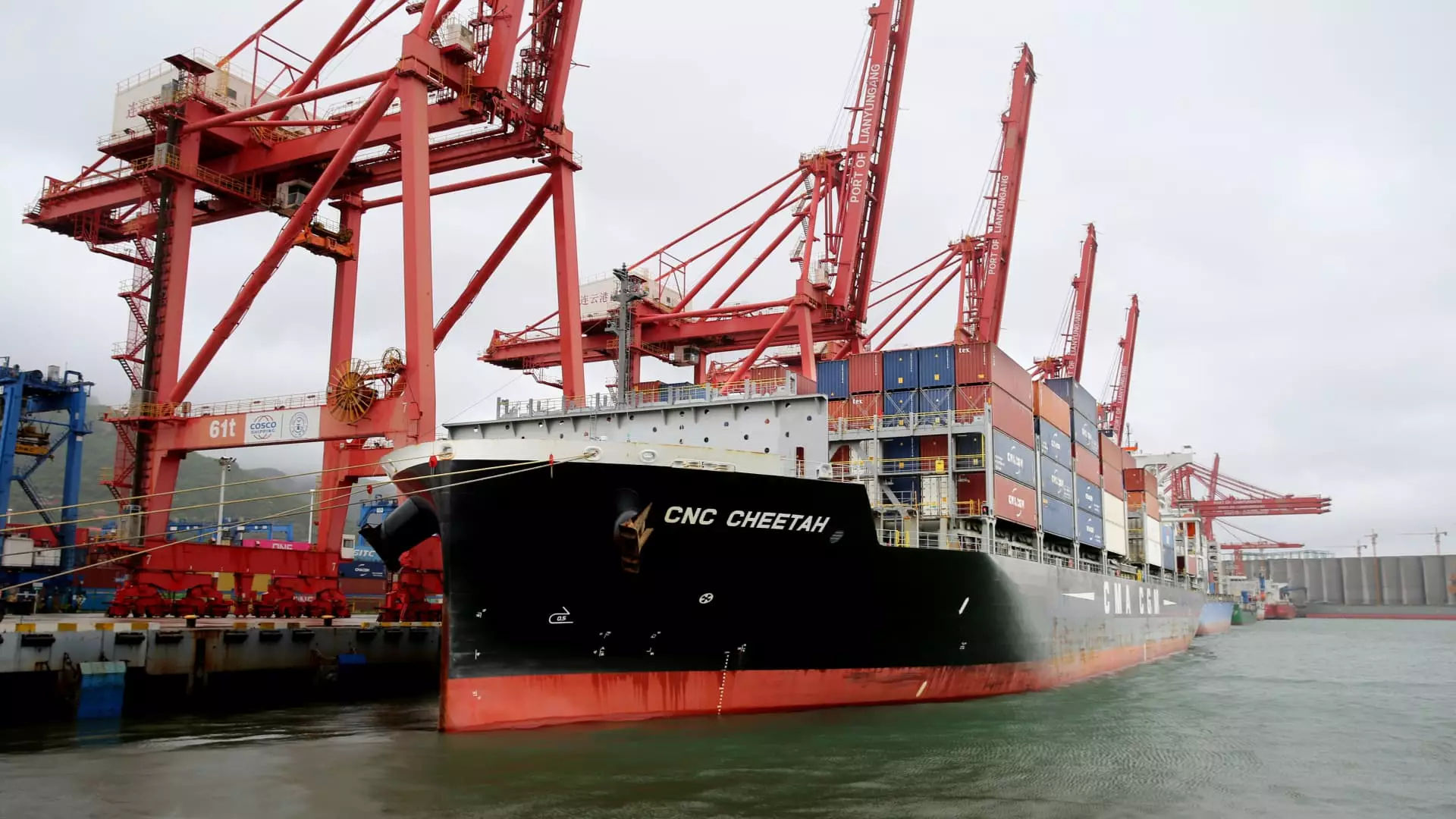In a world where trade dynamics have evolved rapidly, it is shocking to see the United States revert to a tariff structure reminiscent of the 1930s. The release of a Yale Budget Lab report accusing the U.S. of imposing the highest average effective tariff rate since 1934, currently sitting at 17.8%, encapsulates the misguided path the nation has taken. This is not merely a regressive economic policy; it’s an open invitation to stagnation. Not only does it strip away consumer choice, but it also corrals much-needed economic dynamism into a quagmire of outdated practices.
The Costly Burden on American Households
Every American household now faces the prospect of an additional $2,800 in costs due to current tariff policies. This blunt figure signals more than just a monetary burden; it signifies a broader economic malaise driven by poor strategic choices at the governmental level. Tariffs serve as a counterproductive path—while initially intended to protect American industries, they instead jeopardize domestic purchasing power. By erasing financial flexibility, these tariffs amplify the struggles of working-class families already grappling with rising living costs.
China and the UK: Temporary Relief, Permanent Damage?
Recent agreements with China and the UK, which propose to slash tariffs temporarily, only hint at a fleeting sense of relief. The reduction of tariffs on Chinese imports from at least 145% to 30% may sound appealing, but this short-term fix does little to address the long-term ramifications of maintaining a high tariff environment. The agreement with the UK, though presented as progressive, seems symbolic at best—it effectively keeps a 10% tariff on targeted imports while hinting at progressive negotiations that serve more to placate than to resolve. This patchwork approach reveals a fundamental lack of strategic vision; we are left with the impression that short-term political wins overshadow substantive economic planning.
The Consumer Response: A Shift in Buying Behavior
As this landscape evolves, consumers are not passive participants. Economists predict significant behavioral changes as buyers strive to evade high tariffs. With an average effective rate projected to hover around 16.4%, alternative purchasing strategies will become increasingly appealing. This leads to the ironic situation where policies intended to bolster American jobs could instead encourage consumers to seek out foreign alternatives, ultimately hurting the very industries these tariffs purport to protect. The irony is palpable; rather than nurturing homegrown businesses, high tariffs have catalyzed a detour that undermines their sustainability.
The Unsettling Unpredictability of Economic Substitution
The timing of these substitution behaviors remains uncertain, plunging the economy into a murky water where decisions are less dictated by sound economic reasoning and more by reactionary postures. The Yale Budget Lab aptly notes that the high level of uncertainty surrounding consumer behavior offers little assurance of our economic future. This precariousness reinforces the notion that the current approach to trade is akin to flying blind—an exceedingly risky maneuver when the stakes include the livelihoods of millions.
In an era where nimbleness and strategic insight should lead the charge, it’s lamentable to see the U.S. shackled by an antiquated reliance on tariffs that stifle innovation and consumer choice. Instead of cultivating a robust, forward-looking economy, we are merely prolonging our venture into an economic wilderness.

Leave a Reply